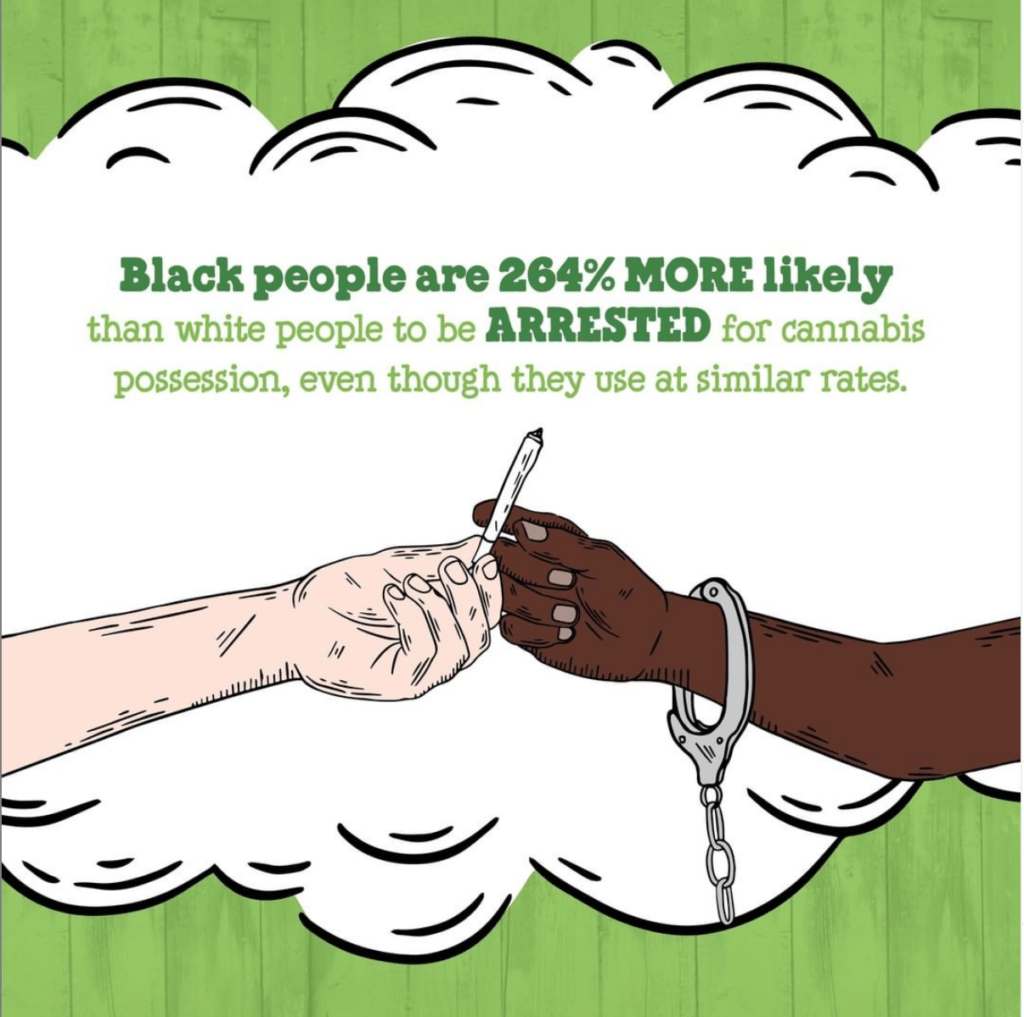
Shareable content: how companies can incorporate it into social media campaigns
By Nina Scott
Over the past few months, in the wake of reinvigorated public interest in civil rights, many brands are going online to showcase their stance on social justice. Consumers want to know now more than ever, if brands actively value their role in America.
By incorporating educational, justice-based content into online marketing as a part of this larger moment, brands can maintain and grow their community.
While getting your brand involved in social justice seems like a surefire way to stay on trend, it’s important to go about this with self-awareness and care for the current situation. Instead of putting your brand where it might not belong, consider these following examples as you map out a path into this growing space.
Uoma Beauty
In June 2020, Sharon Chuter, owner of Uoma Beauty, launched an online campaign Pull Up for Change, aka Pull Up or Shut Up. It demanded other companies be transparent with the public about how many minorities were working on it;s executive teams. Along with the campaign, Uoma Beauty incorporated a catchy hashtag, #PullUpOrShutUp, and established a logo of a fist to go with every post.
Uoma Beauty’s campaign succeeded because it created shareable content, including statistics, thought pieces and memorable phrases, that supporters could learn from and repost on it’s own platforms. Through this Uoma encouraged more engagement with both the campaign and the brand.
Uoma also leads by example, with a brand that is 58 percent Black, 83 percent people of color and 75 percent female. If you want your brand’s social justice stances to be taken more seriously, it’s smart to follow Uoma’s lead and focus on your company’s diversity first.
Ben and Jerry’s
The ice cream company Ben and Jerry’s has also been extremely active on social media, creating shareable, educational and, in turn, self-promotional content.
Ben and Jerry’s regularly posts well-animated videos and illustrations tackling issues that include police brutality, staying safe during the coronavirus pandemic, the faults of the prison industrial complex and the legalization of marijuana – all while also promoting ice cream. Ben and Jerry’s posts have garnered them over 1.5 million followers on Instagram and 456 thousand followers on Twitter.
Ben and Jerry’s social media is no stranger to using its platform for social justice.
Under the values tab on its site, the company links informative blurbs and articles about it’s stance on topics like racial justice, environmental issues and GMO labeling. In September 2020, Ben and Jerry’s partnered with Vox Media to create a podcast about the history of racism in America. Ben and Jerry’s also removed the requirement for applicants to provide criminal records in 2016, giving previously incarcerated people an opportunity to rejoin society.
Both Ben and Jerry’s and Uoma Beauty utilize social media to inform their audiences while establishing a positive and inclusive reputation, which in turn welcomes online engagement and discourse under their brand names.
Companies that work with the 1893 Brand Studio can use both Uoma Beauty and Ben and Jerry’s as case studies for incorporating shareable content into social media marketing. Our teams have the ability to create professional, eye catching graphics and illustrations of any topic, alongside our videographers and photographers who can capture informational content for your platform.




